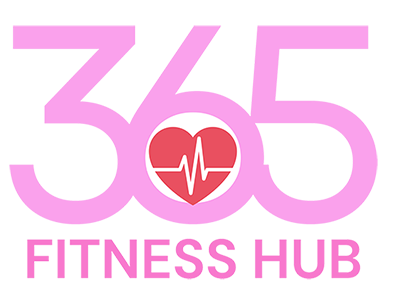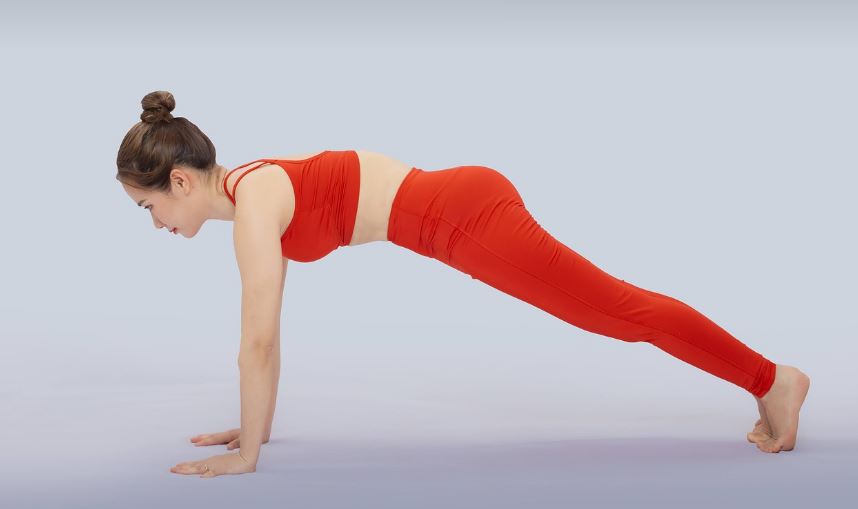Understanding the Contrast: Push-Ups vs. Planks – Benefits, Techniques, and Which is Right for You
In the realm of bodyweight exercises, push-ups and planks stand out as two fundamental movements that target different muscle groups and offer unique benefits. While both exercises are popular for building core strength and enhancing overall fitness, they vary significantly in terms of execution, muscle engagement, and primary objectives. In this article, we delve into the key differences between push-ups and planks, highlighting their respective benefits, techniques, and considerations to help you determine which exercise aligns best with your fitness goals.
Push-Ups: Strengthening the Upper Body
Push-ups are renowned for their ability to strengthen the muscles of the chest, shoulders, arms, and core. This dynamic compound exercise engages multiple muscle groups simultaneously, making it an efficient and effective way to build upper body strength and muscular endurance.
Muscles Targeted:
Chest (pectoralis major)
Shoulders (deltoids)
Triceps
Core muscles (including rectus abdominis and obliques)
Lower back (erector spinae)
Technique:
Start in a high plank position with your hands placed slightly wider than shoulder-width apart.
Lower your body towards the ground by bending your elbows, keeping them close to your sides.
Lower until your chest nearly touches the ground, then push through your palms to return to the starting position.
Maintain a straight line from head to heels throughout the movement, engaging your core to stabilize your body.
Benefits:
Builds upper body strength and muscular endurance.
Targets multiple muscle groups simultaneously.
Improves core stability and balance.
Can be modified to suit various fitness levels and goals.
Planks: Core Stability and Endurance
Planks are static exercises that primarily target the muscles of the core, including the abdominals, obliques, and lower back. By holding a plank position, you engage these muscles isometrically, enhancing core stability, posture, and overall body awareness.
Muscles Targeted:
Rectus abdominis (six-pack muscles)
Transverse abdominis
Obliques
Erector spinae (lower back)
Technique:
Begin in a prone position on the floor, propped up on your forearms and toes.
Maintain a straight line from head to heels, with your elbows positioned directly beneath your shoulders.
Engage your core muscles and hold the position, avoiding sagging or arching of the back.
Keep your neck in line with your spine and gaze slightly forward to maintain proper alignment.
Benefits:
Strengthens core muscles and improves stability.
Enhances posture and spinal alignment.
Can help alleviate lower back pain by strengthening the muscles that support the spine.
Requires minimal space and equipment, making it accessible for all fitness levels.
Choosing the Right Exercise for You
When deciding between push-ups and planks, consider your fitness goals, current abilities, and preferences. If your primary objective is to build upper body strength and muscular endurance, push-ups may be the preferred choice. Conversely, if you’re focused on developing core stability, improving posture, or rehabilitating lower back issues, planks offer targeted benefits.
Moreover, both exercises can be modified to accommodate individual fitness levels and goals. Beginners can start with modified versions, such as incline push-ups or knee planks, and gradually progress to more challenging variations as strength and proficiency increase.
Conclusion
Push-ups and planks are two foundational bodyweight exercises that offer distinct benefits for overall fitness and strength development. While push-ups target the upper body and core through dynamic movements, planks emphasize core stability and endurance through static holds. By understanding the differences between these exercises and considering your personal goals and abilities, you can incorporate both push-ups and planks into your fitness routine to achieve a well-rounded and balanced approach to strength and conditioning.
.

